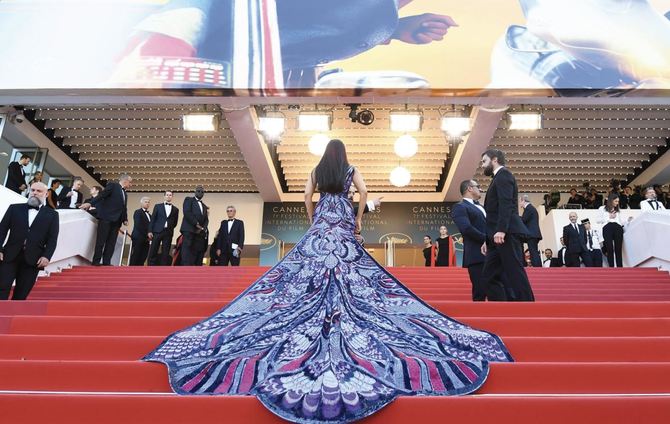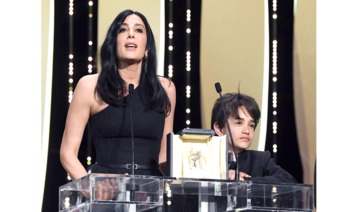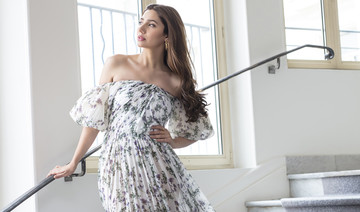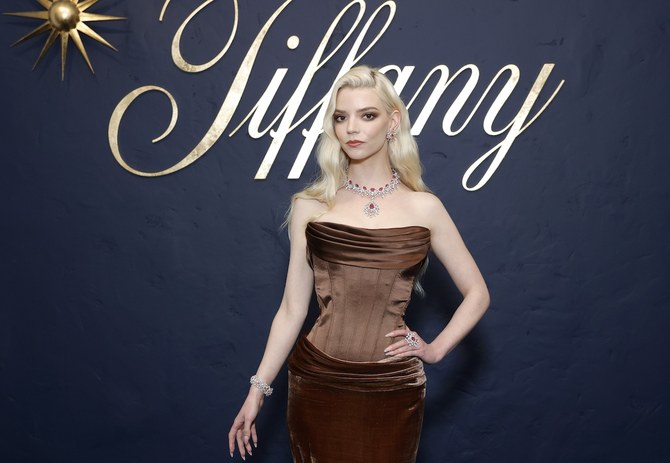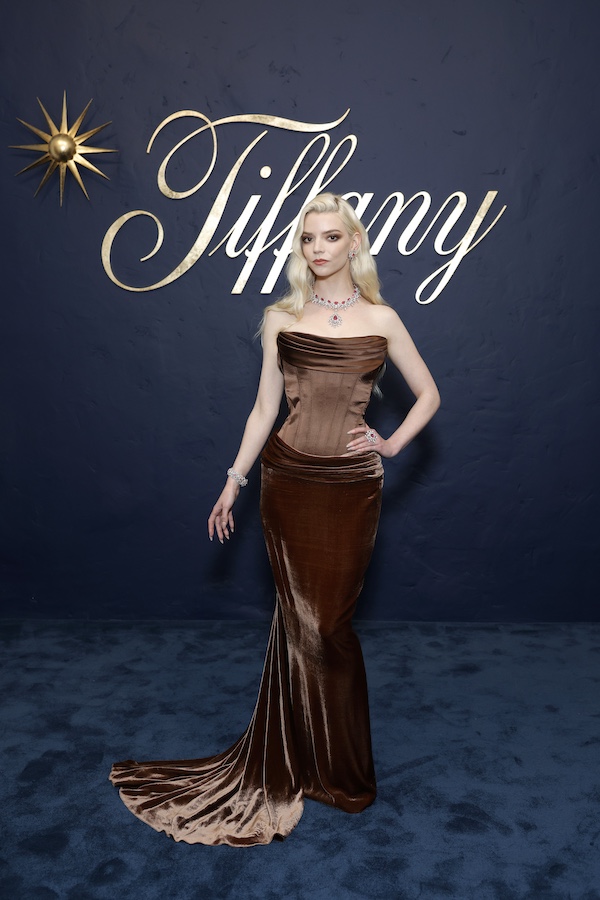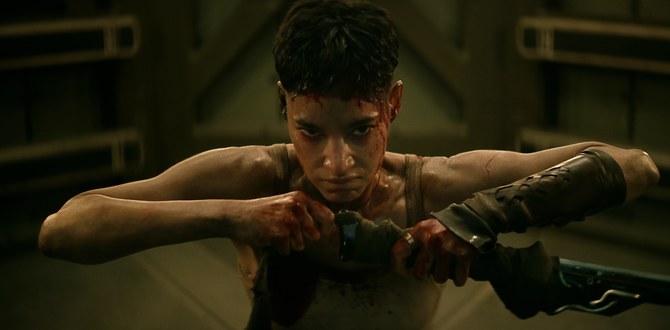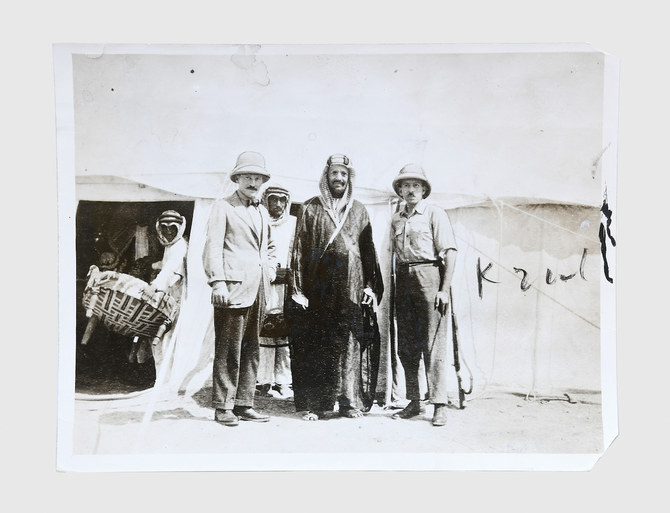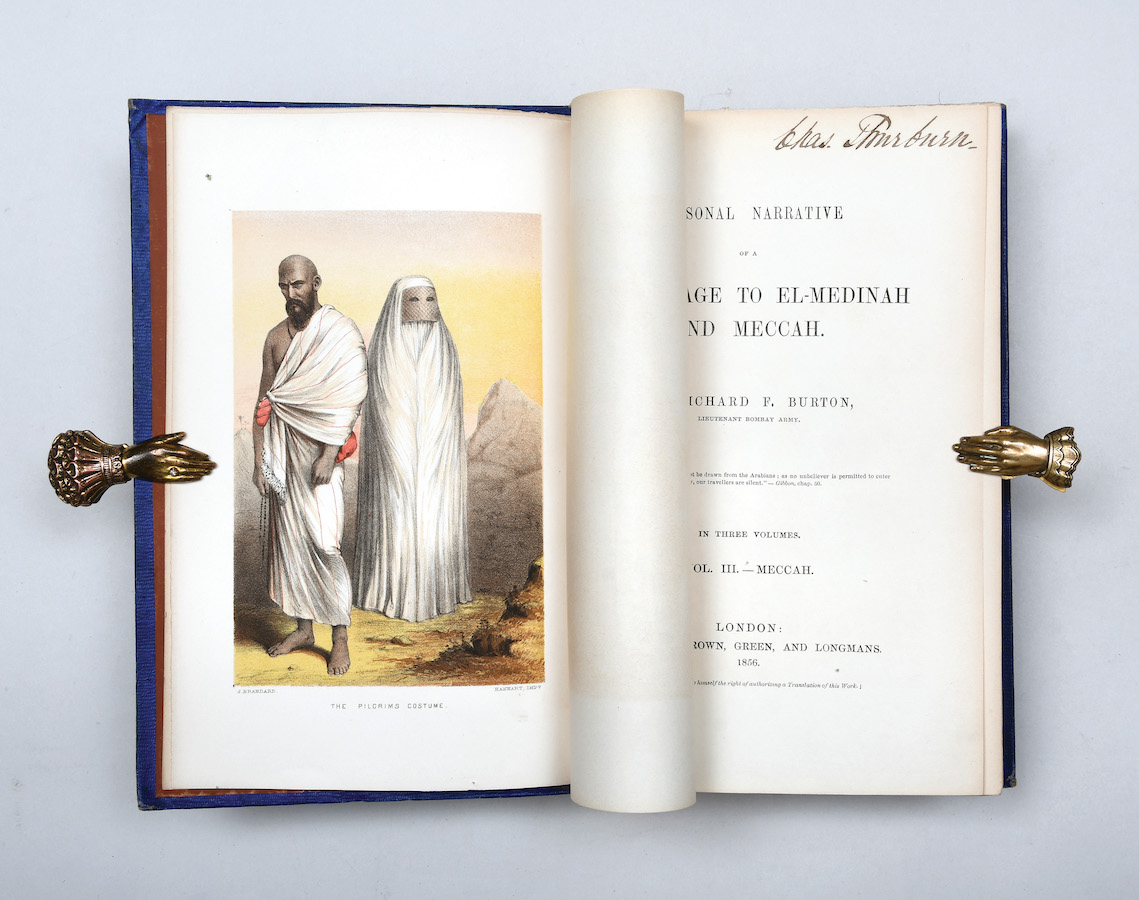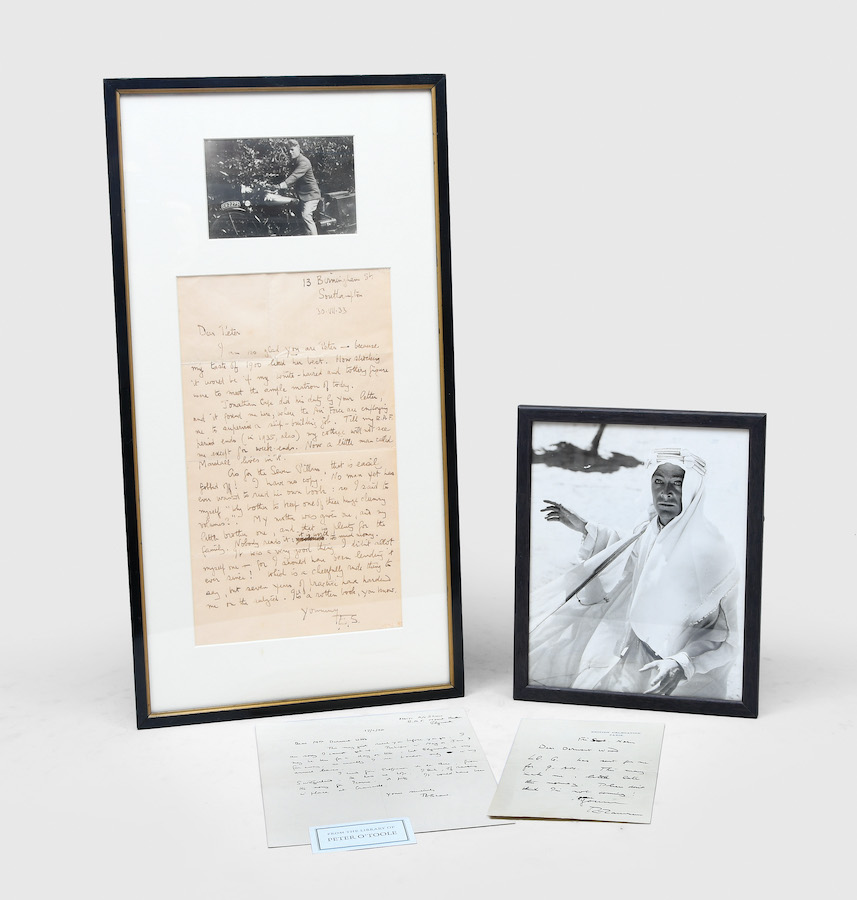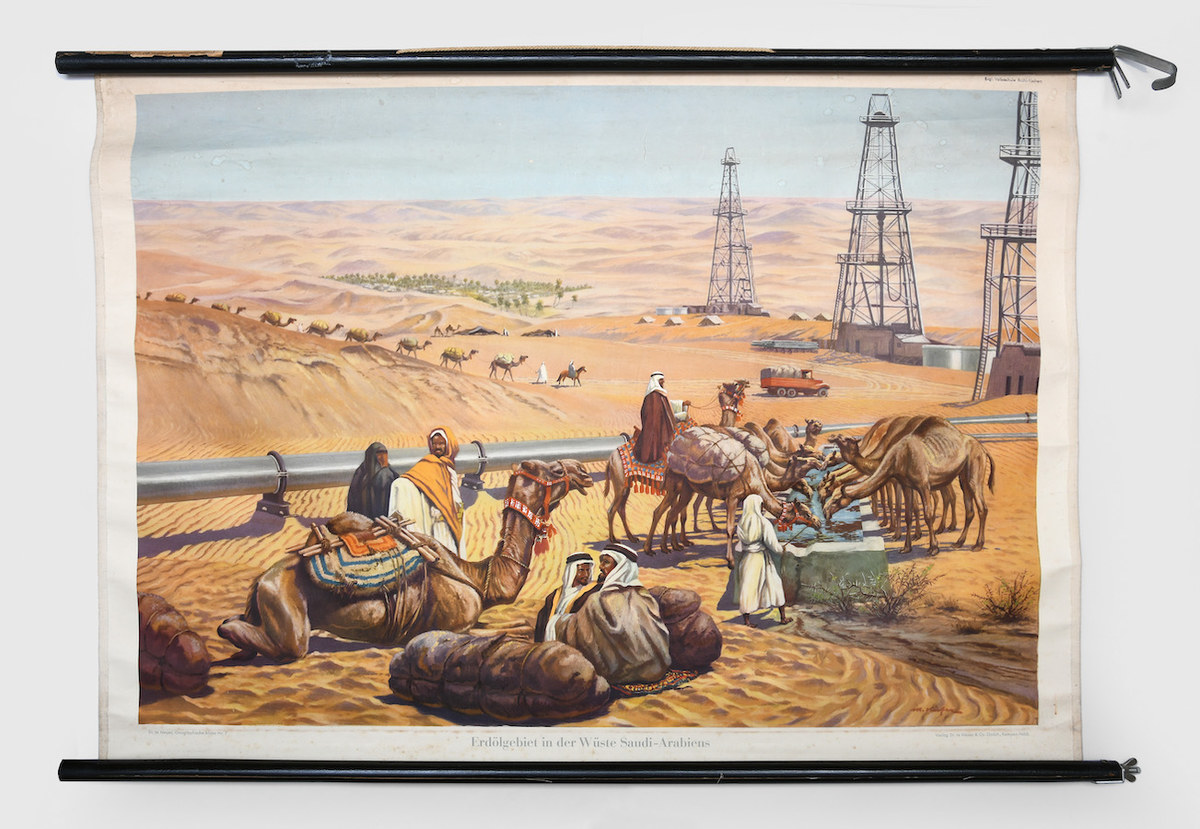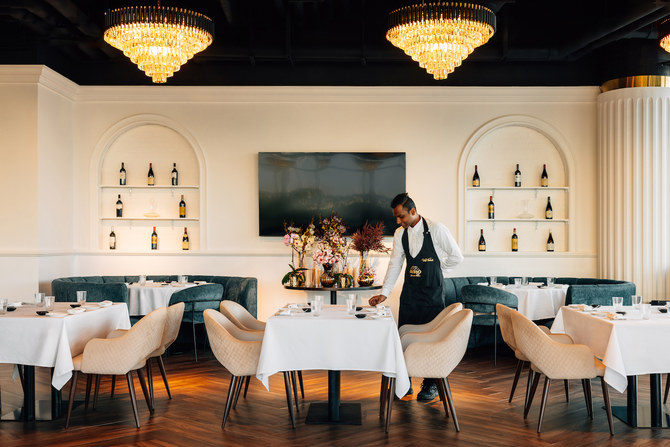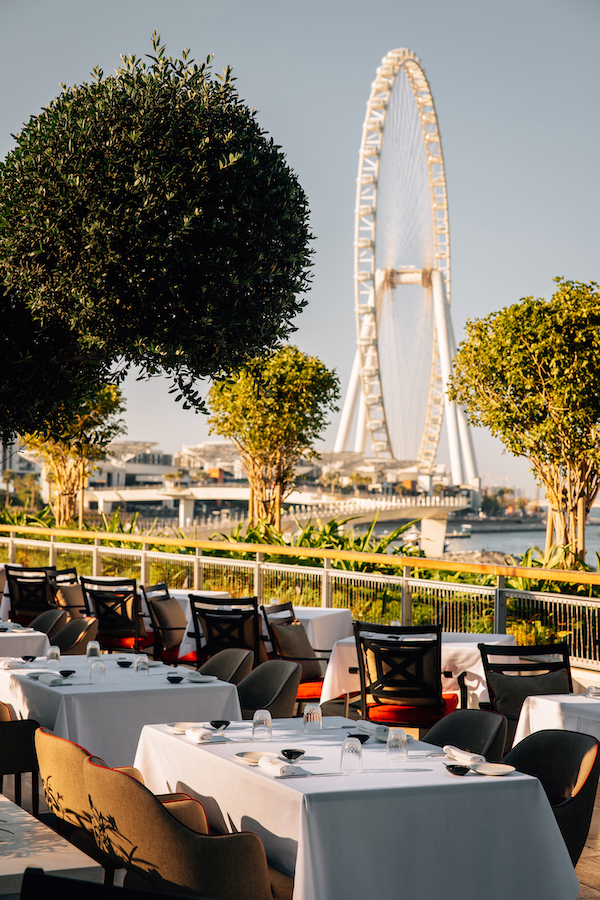CANNES: Arab News sent screenwriter and director Hadi Ghandour to spend three days with the team and talent in the first Saudi pavilion at the Cannes Film Festival, which closes on Saturday.
DAY 1
Cannes is always an overwhelming experience. I had attended the festival a couple of times before and after the production of my first feature film.
The frantic pace within the glitzy setting can be unsettling.
There are people everywhere, buying and selling ideas and films and themselves. It can all be very dizzying, but never boring. Here, the ostentatious and intellectual coexist.
It is a balmy Saturday afternoon. The Grand Palais is clogged by people sneaking in selfies. A swarm of eccentrics scurry along the edifice, desperately touting for screening tickets with signs saying: “Invitation SVP!”
One woman has written on her chest: “Will trade a kiss for a ticket.” The arthouse beggar.
This year’s lineup has a decidedly different tone. Somehow the festival feels smaller, in a good way. The pomp is still there, but there are also films by lesser-known filmmakers, including the debut feature “Yommedine” by Egyptian director Abu Bakr Shawky. It is also a particularly proud moment for Lebanese cinema, as Nadine Labaki’s “Capharnaum” is competing in the official selection.
The Saudi presence is on everybody’s lips. I spot a flyer in a festival goody bag inviting guests to “Discover the Kingdom” at the Saudi Film Council pavilion. On my way there, I overhear a haughty young man on the street ask his friend, “Who has time for movies?”
I arrive at the Village International, the outdoor space where countries promote their cinema. National flags wave on the rooftops of the pavilions that line the harbor. The scene is reminiscent of a mini UN. Opposite the Lebanese pavilion and nestled against the yacht-filled port is the Saudi pavilion.
It is the first of its kind in the history of the festival. It isn’t until I enter that I am convinced that this is not a mirage. I am cordially greeted by a traditionally dressed Saudi man who serves Arabic coffee.
A bar beside him serves dates and juices. Inside, the atmosphere is markedly buoyant and it is without question the busiest pavilion at the festival.
I get the impression that it’s like the popular and mysterious new kid in school.
Laughing guests mingle. Inquisitive eyes scan the two-story structure. Breezy white drapes soften the sunlight. The walls are covered with screens showing beautiful panoramic Saudi landscapes; sand dunes, traditional streets, castles and UNESCO-protected areas I have never seen before.
All are potential location shoots, I am told. “This castle can maybe be the hideout of a James Bond villain,” said Faisal Almadani of Midwam, an interactive digital experience company. He places VR goggles around my head and takes me through a virtual tour of a Jeddah market.
Nine Saudi filmmakers are here to represent their country. Some have not arrived yet, but the ones who have are circulating. They are all sharply dressed. Some already know each other; others are meeting for the first time.
Talha B., one of the filmmakers, remarks with a grin: “I took a gamble a few years ago. Now I can go back and not be the black sheep of the family.”
The sun is starting to set and music is emerging from the beachside restaurants.
Some of the parties have already begun. I remember the haughty man I overheard and decide to prove him wrong. I head off to watch a movie. “Le Depart” by Jerzy Skolimowski is playing on a huge outdoor screen on the shore as part of Cinema de la Plage.
I sit there beneath the stars. People around me disappear.
The festival disappears. The sea disappears. It’s just me and this film.
“Who has time for the movies?” I look around and get my answer.
DAY 2
Cannes during the festival feels like a movie set. It is so completely taken over that the people in restaurants and shops and on the streets look like extras. The city is divided into two kinds of people: those who wear festival badges and those who don’t.
The former vastly outnumber the latter. And they get all the benefits.
Sunday is overcast. Thick clouds are quickly gathering, promising a rainy day. A young woman dressed in sweatpants walks into the Palais with a changing bag and emerges dressed in a tawdry golden gown.
With this Clark Kent-style transformation, sh is red carpet-ready in case a charitable individual hands her a ticket.
There is a buzz inside the Saudi pavilion. A lively panel discussion on women in film is taking place, featuring Haifaa Al-Mansour, CAA agent Maha Dakhil and writer-director Maram Taibah.
What strikes me most is the very different way Al-Mansour and Taibah view their role as filmmakers.
“I celebrate being a woman filmmaker … it is part of my identity. There are so many stories about women and so much representation that is missing,” said Al-Mansour.
But Taibah identifies just as a filmmaker, not as a female filmmaker.
“I’m dedicated to the story. If it happens to be a story about women, it’s great, but if it’s not, then that’s where my creative flow is going to go. It limits me. As a storyteller I’m interested in the human experience on a universal level. Women need to be seen as talents. Full stop.”
All three share an optimism for the future.
“The ground feels very fertile... things are happening overnight,” said Dakhil, who ended the panel with a word of advice for aspiring storytellers. “Dream up your story, and the medium is secondary.”
It’s lunchtime. Sandwiches, salads and desserts are served. There is another panel, this time focused on film education. In attendance are representatives from La Femis film school in Paris, Effat University, Film Independent and the Studio School.
Dr. Bayan Alshabani explains that Effat University in Jeddah had been teaching filmmaking before cinemas reopened. And here’s the kicker: its students are exclusively women.
“Since we have smartphones, everyone is making movies. We have the talent, we just have to formally nurture those talents,” she later adds.
Maria Bozzi from Film Independent announces the launch of workshops in Saudi to collaborate with local writers. Glenn Kalison, the president of Studio School, is excited about training Saudi film crews.
It is easy to forget that just a few months ago cinemas were banned in Saudi Arabia. What the SFC is attempting to build is impressive. But what impresses me most are the filmmakers I meet.
A cursory talk with Mujtaba Saeed segues into a philosophical discussion. Maram Taibah has an eloquence and sensitivity about her. Musab Alamri is fast-talking and intelligent. Talha and Maan B. clearly look after and motivate one another.
Faisal Alotaibi is cultured and considered in his words. Seba Alluqmani is bubbly and enthusiastic. And Ali Alkalthami’s passion to foster a filmmaking community with his Telfaz11 online platform is inspiring.
Thunder shakes the pavilion, and one can easily mistake the lightning for camera flashes. Heavy rain pounds on the rooftop, deafening the chatter. But as the evening approaches the weather slowly begins to clear. Before dinner, Faisal Baltyuor, the head of the SFC, gives an impassioned speech to the filmmakers, asking them to share their advice and comments.
He is hopeful that the Saudi presence will be even bigger next year — and on the red carpet.
Over a live music performance, dinner is served: kefta, chicken kebabs, pasta, hummus and vine leaves. The ebullient SFC staff join in, wrapping the night up in song.
DAY 3
It’s late morning at the Croisette, and 21-year-old Saudi director Meshal Aljaser has just arrived from Los Angeles.
With long hair and wearing a blazer over a black kandura, he looks California cool. He’s funny, edgy and sarcastic. And he’s not shy about his ambitions.
“I’d like to make English international films someday, maybe when I’m old. But if you ask me what my dream is, what I really feel, I really want to perfect Saudi film. I hope to become an iconic Saudi director after I die where people can study me. If it doesn’t happen, it’s OK, at least I tried.”
His short film “Is Sumiyati Going to Hell?” has just screened along with the other Saudi shorts in a cozy cinema inside the Grand Palais. I came out of the screening impressed by the selection. There is diversity in both form and content. The filmmakers all managed to create personal works despite the restrictions they faced, and I noticed that humor was very often present, even in the films tackling heavy subject matters such as domestic abuse, religious tension and extremism.
The work made me look forward to seeing how local talent will in the coming years express itself within the context of Saudi’s traditions and cultural norms. The boundaries are widening, but will they be pushed even further by the film-makers?
This will no doubt be something that emerging artists will face.
“I like to tell my stories and imagine one day that my kids or my grandparents will watch them. I don’t want them to be uncomfortable watching what I make,” Talha B. told me.
The film-makers head back to the pavilion to attend a panel on film festivals, featuring the programmers from the Toronto, Venice and Clermont-Ferrand film festivals, who give tips for navigating the daunting circuit.
Soon after it ends, I notice whispering among the PR, filmmakers and members of the SFC staff. I’m not supposed to know what’s going on, but I soon find out; John Travolta pays the pavilion an impromptu visit.
I decide to wind down by watching a film at the Director’s Fortnight, one of the sidebar sections held in parallel to the Cannes Film Festival:
“Amin,” by Philippe Faucon. But I am so pleasantly tired from the past few days that I fall asleep. I’ll have to watch it again.
The three days have come to an end.
They went by in a flash, and I have the same feeling I had in summer camp when I was 17: a mix of fatigue, satisfaction and sadness that it has all come to an end. But the future of Saudi cinema is just beginning.
- Hadi Ghandour is a Lebanese/JordanianBelgian screenwriter and director. His award-winning first feature film, “The Traveler,” toured film festivals around the world.


